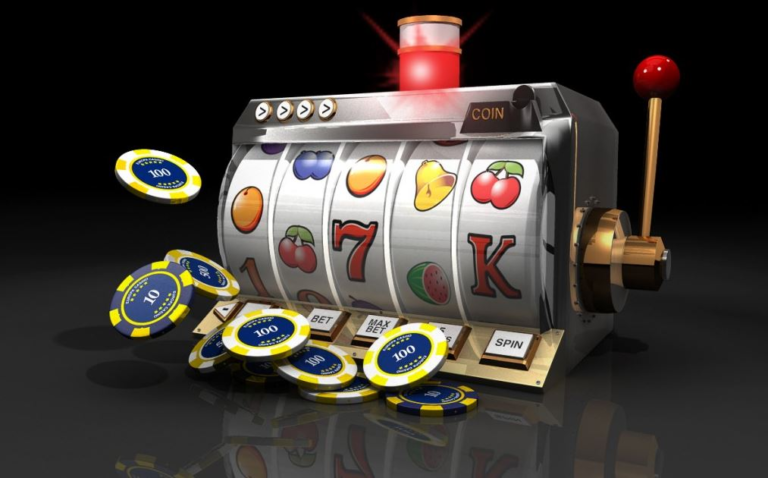Keno is a simple to learn and easy to master type of lottery game, and is a perfect fit for all those bettors who enjoy playing lottery games with simple rules and fast rounds. In this version of Keno, 20 balls are drawn out of 80, and YesPlay will also offer you a number of side bets to make the game a bit more lekker and give you a chance to win even more money. Most people however make the mistake of ignoring some of the rules, which dictate the final payout. It’s always wise to check the rules of each Keno game that you’re planning to play before you spend your money.
What counts?
The page labels markets with a key phrase: bonus ball excluded. This means that only the 20 regular balls are counted in most bets, so if you pick a number, make sure that it’s among those 20 balls, because if you pick a bonus ball, it won’t rescue your ticket. It’s the same when we talk about totals or odd or even baskets. The amount of money you’ll get depends on how many of your picks are in those 20 numbers, so keep this in mind at all times so you don’t throw your money away.
To see the numbers and their payouts, make sure you check out https://yesplay.bet/lucky-numbers/usa_rhode_island_keno. There, you’ll see all of your main options, as well as side bets that include sum, lowest and highest numbers. Keep in mind that all Keno games are slightly different depending on your location, so treat the labels as the rulebook.
Which bets?
If you are new, start with one or two number picks to keep things simple. Some like to bet on “Sum” because they pay attention to recent results. Picking odd or even is more random, but can be fun and fast, though it can feel streaky. And some people have “unlucky numbers” which they avoid, but don’t worry too much about those.
Keep your expectations realistic and your bets modest. A small R48 bet on a single pick can return R172.80 if your number appears among the 20. A win like that feels nice and doesn’t put pressure on your bank balance. If you try multi-pick ladders, spread the risk across a few slips instead of stacking one line for an all-or-nothing result.


Comments are closed.